The definitions below roughly follow the order of appearance in the story and are organized by chapter. Most of our medical and surgical terminology derives from Greek or Latin, so anything that is italicized originated from one of those two languages. WARNING: there are a handful of rather graphic photos, so proceed with caution.
CHAPTER 21
Nephrectomy: Nephros is Greek for kidney. Ectomy is the complete removal of an organ. Thus, surgical removal of a kidney.
Thoracotomy: Thoraco- derives from the Greek word thorax (chest), and -tomy comes from the Greek word tome (incision), so thoracotomy is the surgical term for incising the chest.
Renal artery: Renalis is Latin for kidney. The renal artery carries blood to the kidney, and the renal vein carries it away.
CHAPTER 22
Organ theft is not a myth: Despite being illegal in every country but Iran, many countries have thriving black markets for human body parts. Some of the organs are stolen, some are bought and sold. Even with increasing awareness, new laws and regulations, and crackdowns by law enforcement, it seems little can be done to stem this growing problem. Are black market organs being transplanted in U.S. hospitals? Go here for more.

CHAPTER 23
Impalement injuries: As a general surgery resident at LSU, I attended a lecture by a visiting professor who reportedly had the world’s largest collection of impalement injury slides. (This was back in the late 1980s when we still used slides for our media presentations.) As you can imagine, it was a gruesome spectacle. If you are really adventurous, Google “impalement injury images.”
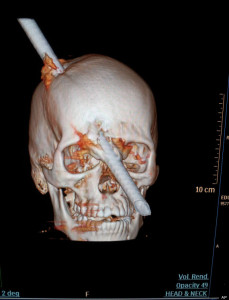
Liver resection: Resectus is Latin for cut off, or cut out, a portion of a structure or organ. Thus, surgical removal of a portion of the liver.
CHAPTER 24
Latissimus dorsi: Referred to as the “lat” by weightlifters and bodybuilders, this is a large muscle that covers much of the back and must be partially divided to access the kidney.
Lumbodorsal fascia: a deep layer of fascia (făsh′ i-ŭ) that covers much of the back and trunk, and also must be divided to expose the kidney.
Kocher clamp: a sturdy clamp with interlocking teeth on the tip. This is a good instrument for grasping dense tissue layers such as fascia.
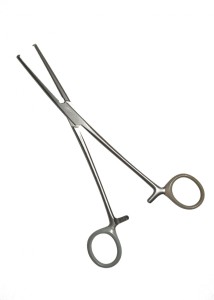
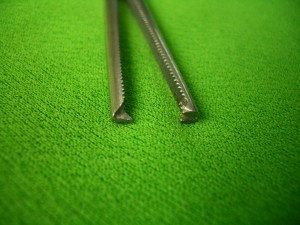
Bookwalter self-retaining retractor: A self-retaining retractor can be anchored to the table, and once in place, it does not need to be held by a surgical assistant or scrub nurse.
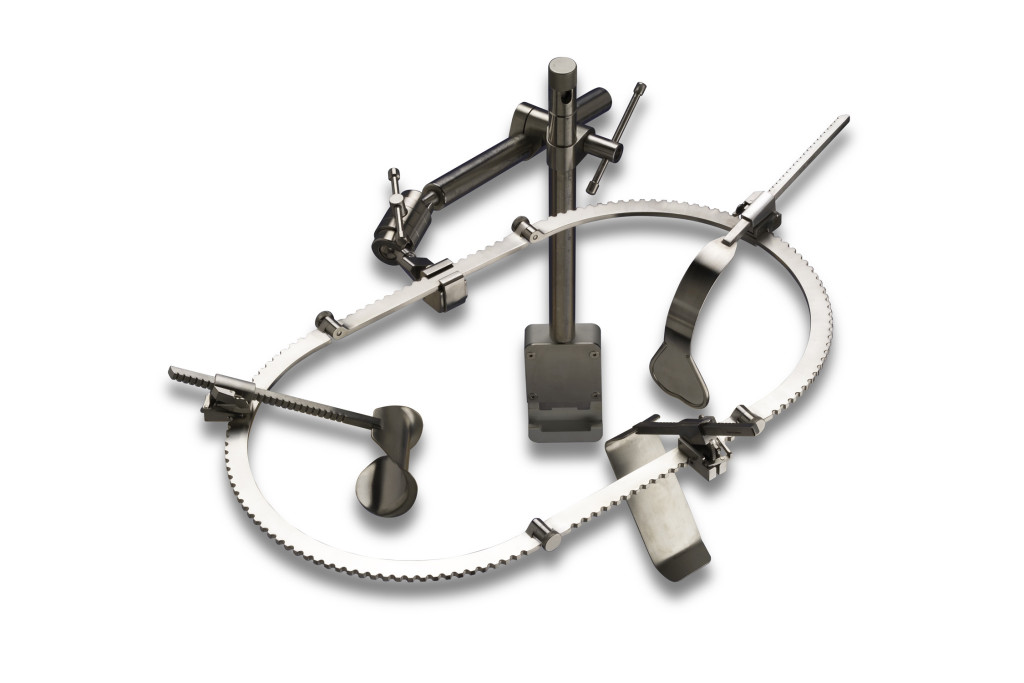
Gerota’s fascia: a dense, fibrous sac that encases the kidney.
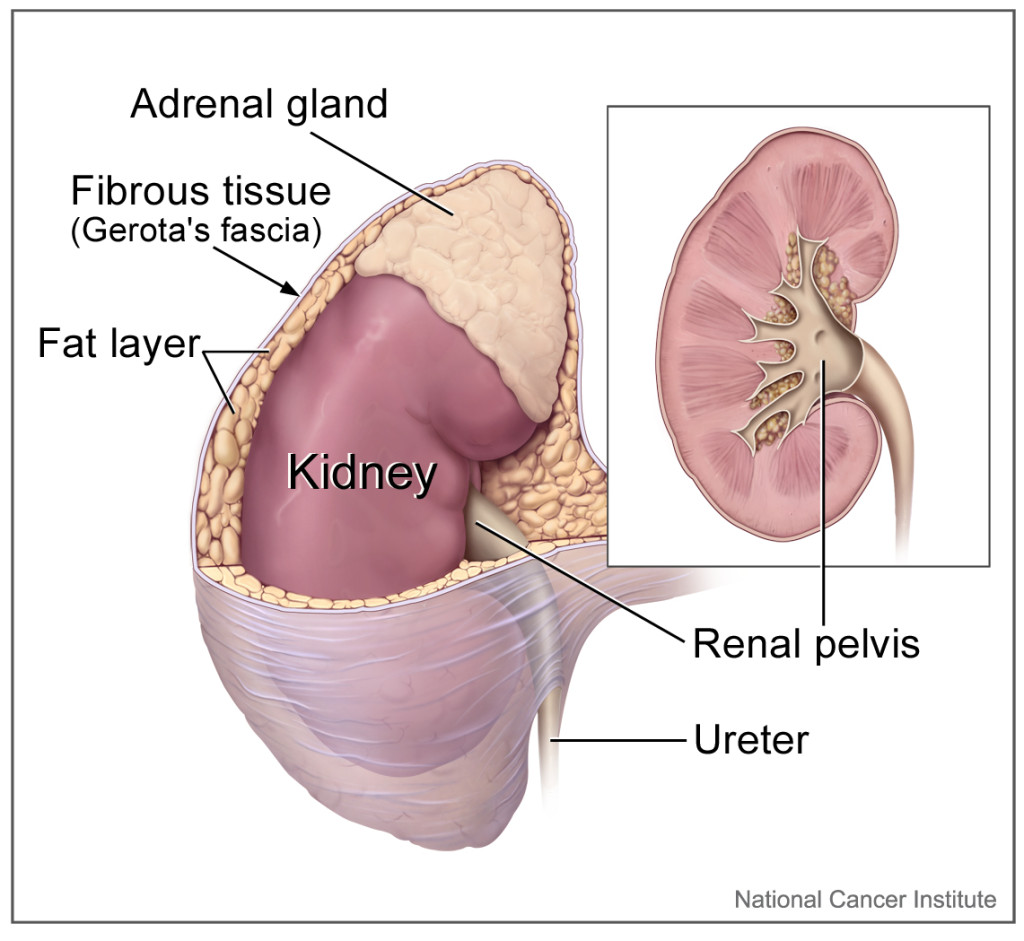
Silastic vessel loops: elastic bands that are placed around blood vessels or other structures and used to provide gentle traction.
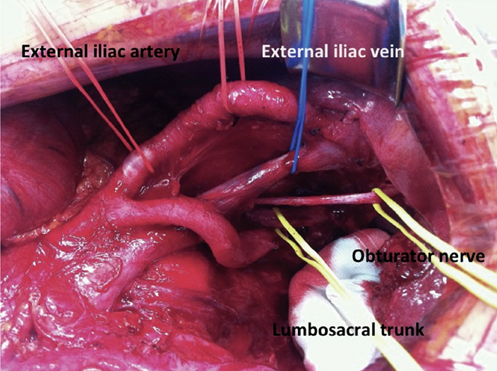
Vascular clamps: Vascular clamps come in a variety of sizes and configurations, but they are all designed to gently obstruct the flow of blood though a vessel.
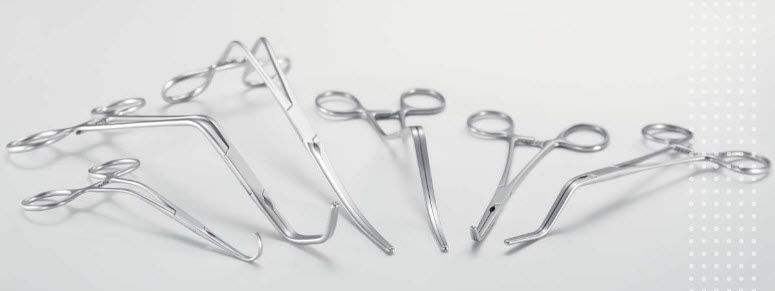
CHAPTER 25
The kidney transplant operation: As depicted in the diagram, the incision for kidney implantation is made just above the groin crease. The artery and vein of the new kidney are sewn to the internal iliac artery and vein. The ureter is sewn to the bladder. The new kidney is tucked into the pelvis, and the nonfunctioning kidneys are left in place.
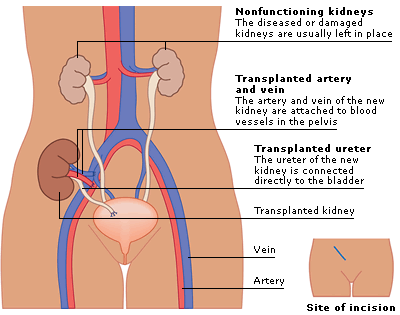
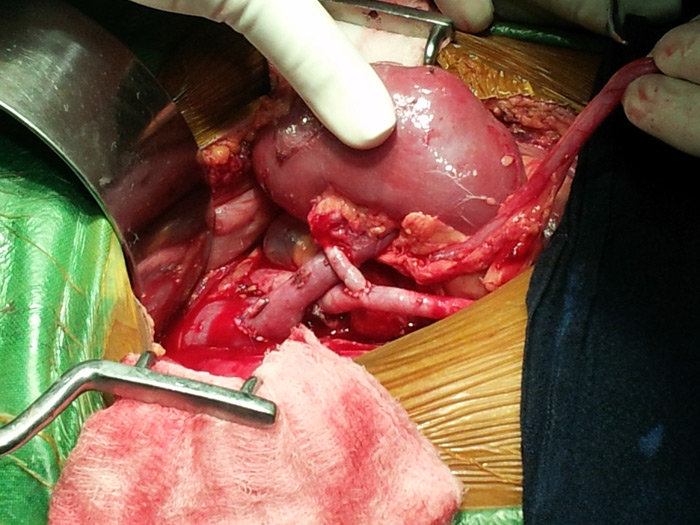
CHAPTER 26
Weitlaner retractor: As the jaws are spread open and meet resistance, the locking mechanism holds the retractor in place. Thus, it is a self-retaining retractor.
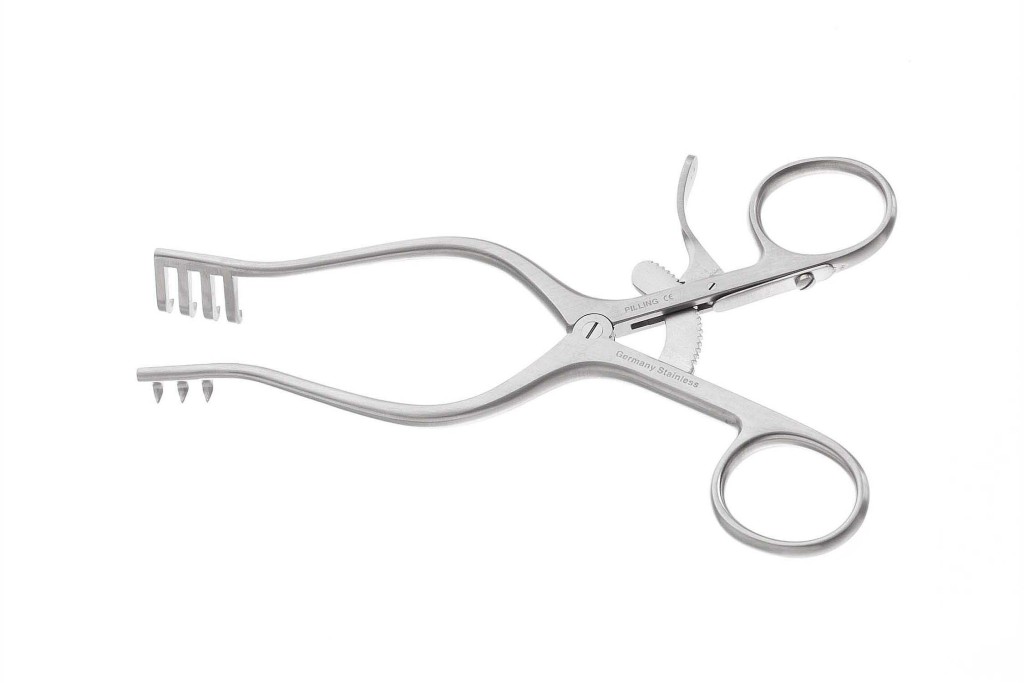
CHAPTER 28
The pool cue up the nose urban legend: When I was a kid growing up in Reno, one of my buddies caught me leaning on a pool cue with my hands cupped over the tip and my chin resting on my hands. He told me I shouldn’t stand that way and proceeded to tell me the story about his cousin’s friend’s brother who was leaning on his cue the same way when a bar fight broke out. Someone was thrown onto the guy’s back, and the pool cue went up his nose, through his brain, and out the top of his head. He lived, I was told, but was really “whacked out” after that. All these years later I still remember that story and thought it would be fun to immortalize it. And yes, you could survive this type of injury, and if the frontal lobes of the brain were damaged, you might very well come away with a level of emotional impairment.
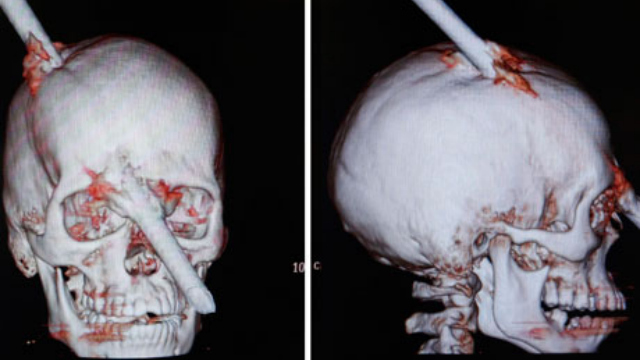
CHAPTER 30
Hooded surgical gowns: Used primarily by orthopedic surgeons during joint replacement surgery, these specialized gowns offer added protection against postoperative wound infection, which can be devastating in a surgically replaced joint.
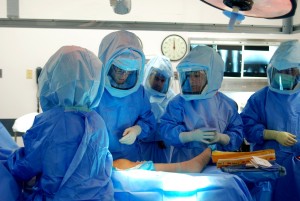
CHAPTER 34
A unit of blood: Early in this chapter David McBride estimates that he lost about half a unit of blood from his gunshot wound, and posits that he could lose several more before becoming symptomatic (meaning increased heart rate, shortness of breath, and lightheadedness). Surgeons think of blood loss in terms of units. A unit of whole blood is usually between 450 and 5oo cc in volume. So McBride figures he’s lost about 250cc, which is inconsequential except for the fact that it is all over his pants. The average sized adult male has about 5.5 liters of blood circulating, and at six feet tall, McBride’s blood volume may be 6 to 6.5 liters, so he probably could lose 3 to 4 units before becoming symptomatic.

The vestibulocochlear apparatus: the structures of the inner ear that help us maintain our balance. Alcohol is no friend to this delicate structure.
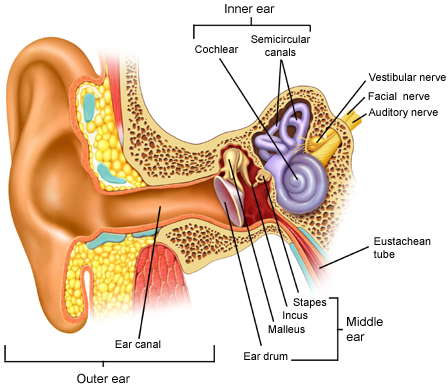
CHAPTER 38
Gauze dressings: a roll of Kerlix brand gauze, and 4 inch square gauze pads.
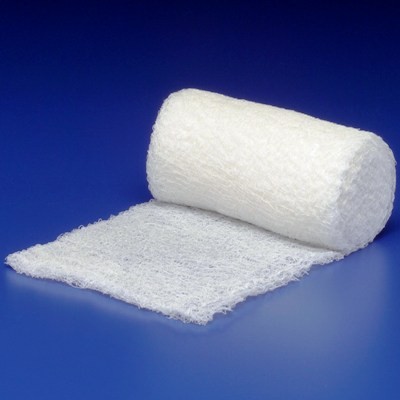
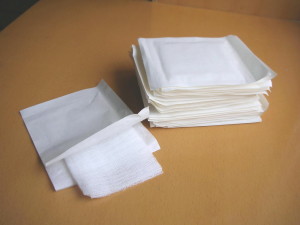
CHAPTERS 41 – 64: Go here.
